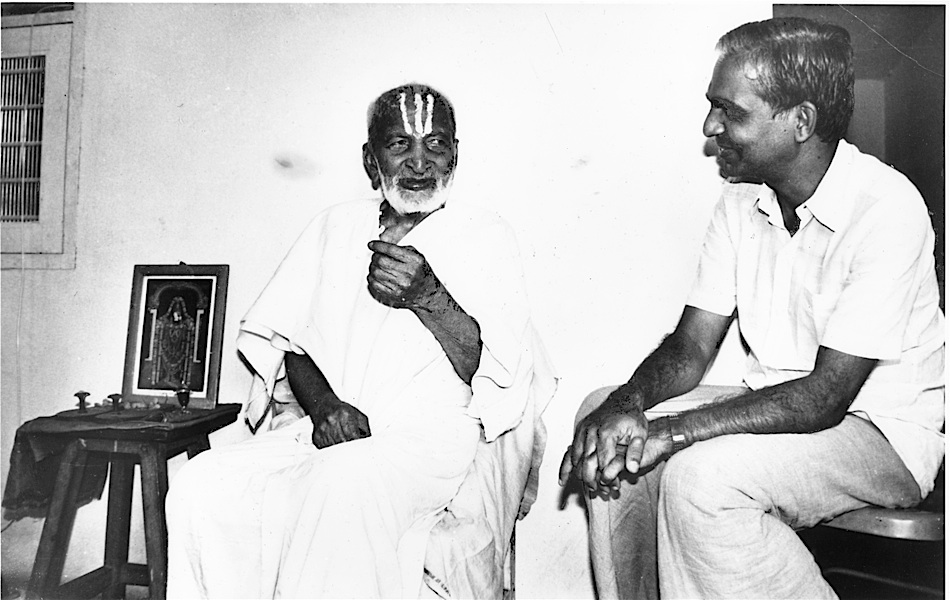I am fortunate to have discovered this style or to be more correct the teachings of Krishnamacharya, early in my yogic experience and over the years have had the authenticity and richness confirmed time and time again.
Yoga is not and should not be exclusive, it is meant for everyone, no matter how old, how ‘limited’, how new to the idea you may be.
This system recommends a one to one relationship but does offer group classes, with the understanding that one shoe does not fit all and that modifications and allowances may be needed for individuals.
Where there are health issues (depending on the severity) one to one tuition is by far the most beneficial. As a beginner one to one is a good way of getting to know the techniques so that a group class can be attended with confidence.
Modern yoga tends to focus totally on the body and its abilities, this system embraces the whole being, as yoga is meant to be holistic.
This is an intelligent yoga, where the tools and techniques are adapted to respect the needs, abilities and wishes of the individual student, and though the ideas are ancient they are still very relevant for the modern world.
Krishnamacharya was one of the most influential Yoga masters of the modern era, he spent a lifetime studying the subject and honouring the ancient yogis, in particular Patanjali. His son Sri TKV Desikachar, and grandchildren carry on that tradition of excellence.

T Krishnamacharya 1888 - 1989 & TKV Desikachar 1938 - 2016
Why Yoga?
The busier you are the more you need yoga:
Yoga boosts your energy levels, even when you’re tired. Yoga provides quiet, stillness when you’re frazzled.
When your mind is spinning with things you want to remember yoga creates order by getting you to slow down, breathe, giving your brain time to process and prioritize.
Yoga is rich in wisdom and proven which is why there are so many imitations.
Some of the fundamentals of yoga are obvious and you may have heard them many times, but do you really act on them, take them on board? Or do you just think you do?
Things like listening to your body, breath, keeping things in moderation.
The ancient texts tell us to sow the seeds of good habits, and nip the bad habits in the bud.
The horticultural analogy is a good one because just like weeds the bad habits still keep coming back, we have to work and be strong to stop them becoming problems.
Yoga doesn’t change you, it simply brings out the best in you.
Yoga Origins
Yoga has been around for more than five thousand years, they know this because a seal was found depicting a man sitting in a yoga posture (baddha konasana) when they excavated the Indus Valley civilisation site. This seal can be seen at a Museum in Pakistan, or you can google it.
In those ancient times yoga was handed down orally through generations of families, but this was with strict accuracy so that it did not get distorted or changed in any way.
Once it was recorded and stored the sages would honour their teachers rather than claim any credit for the works.
In this way we are lucky to have these ancient records to work from, which are just as relevant today as then. We have accurate and proven methodology thanks to those generations of devotees, which is why we should honour them by keeping it pure, unadulterated as they did.

